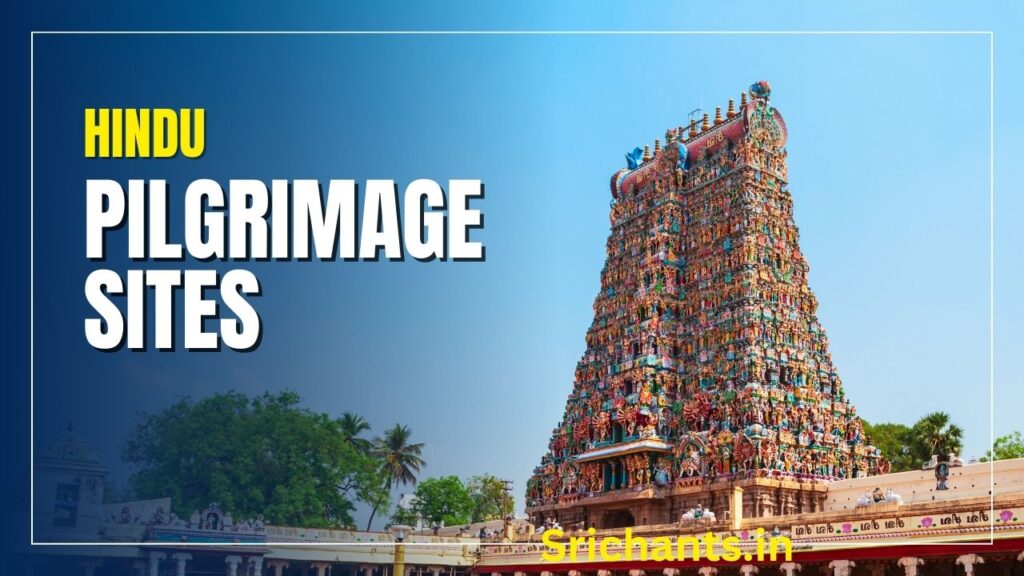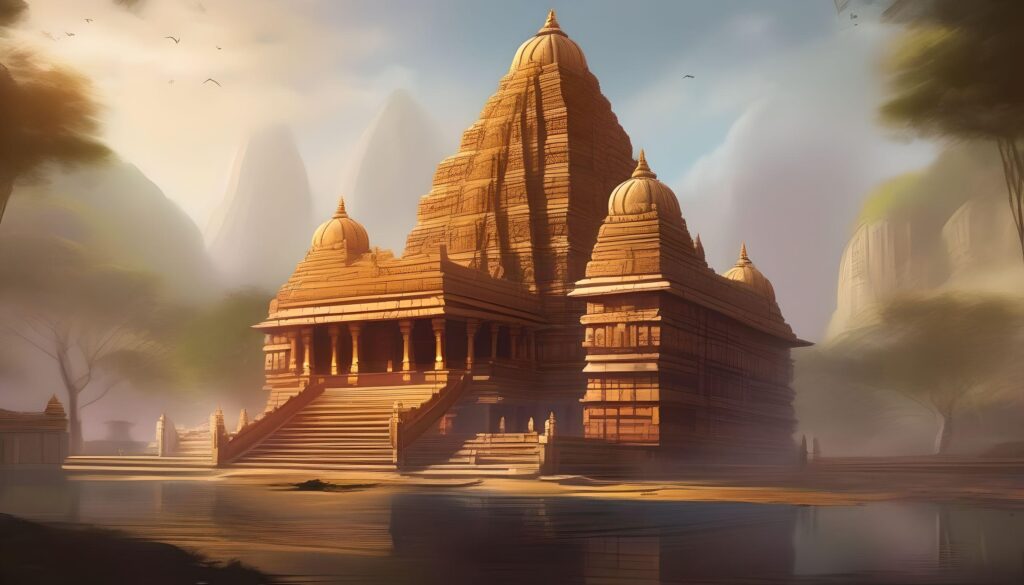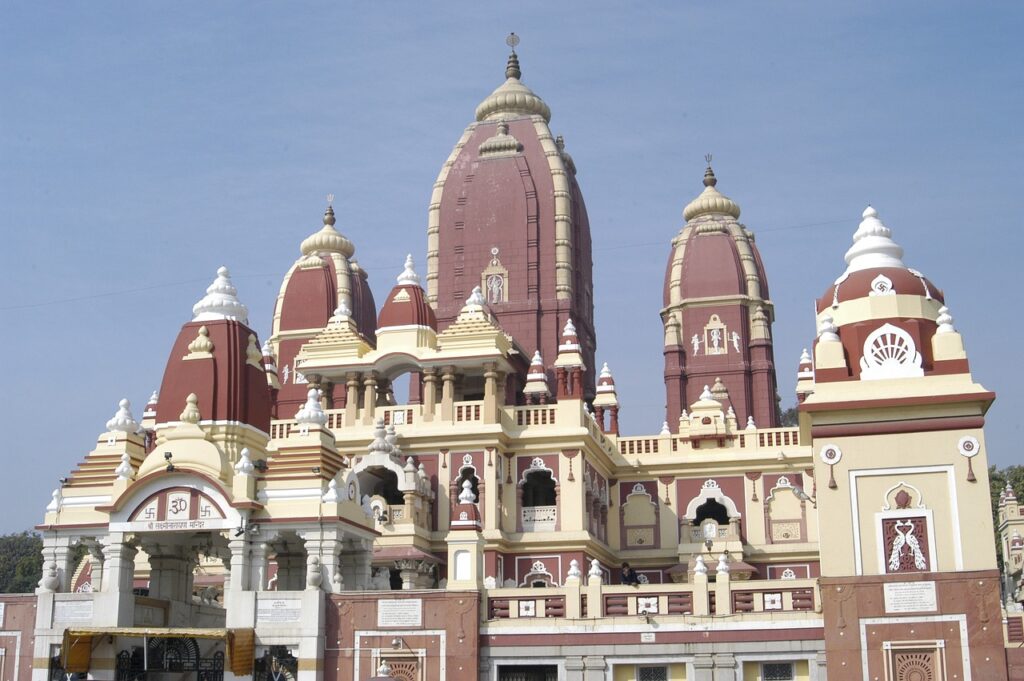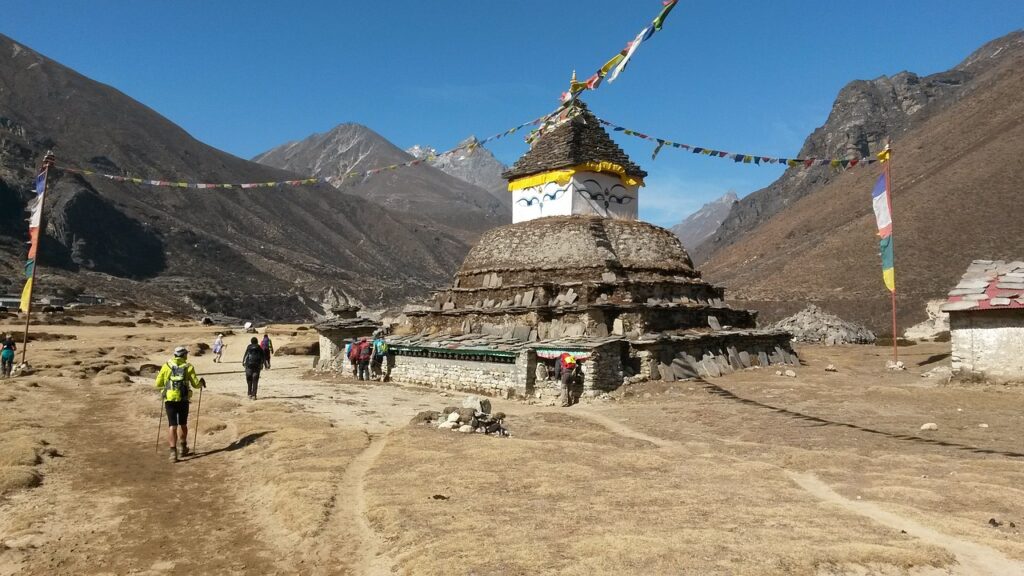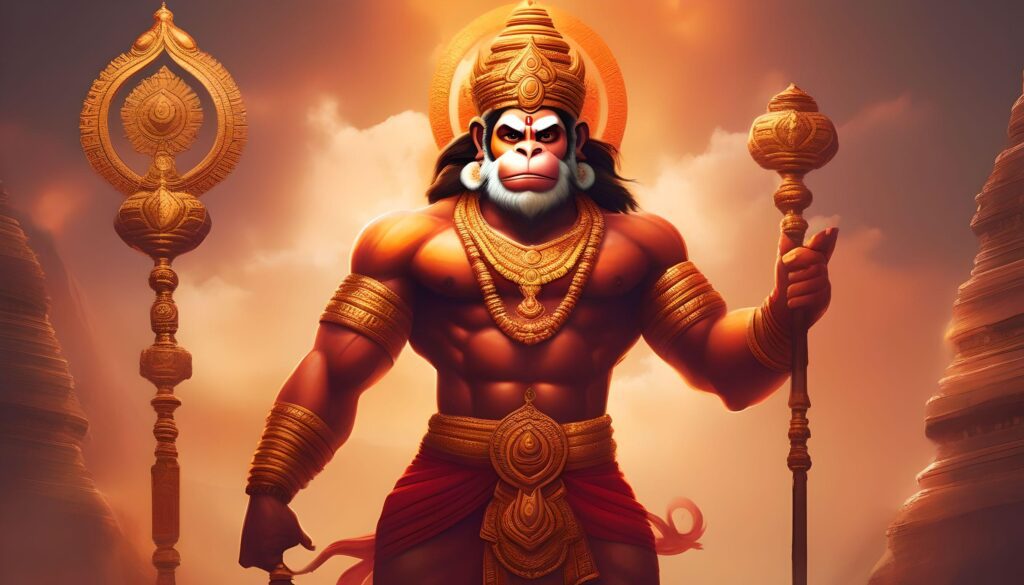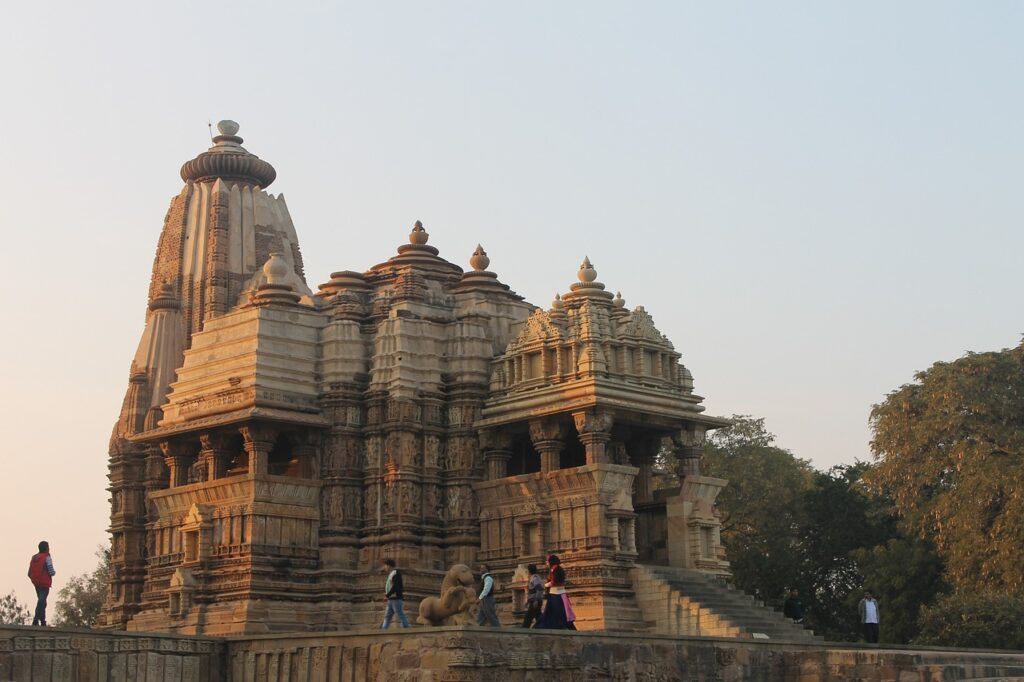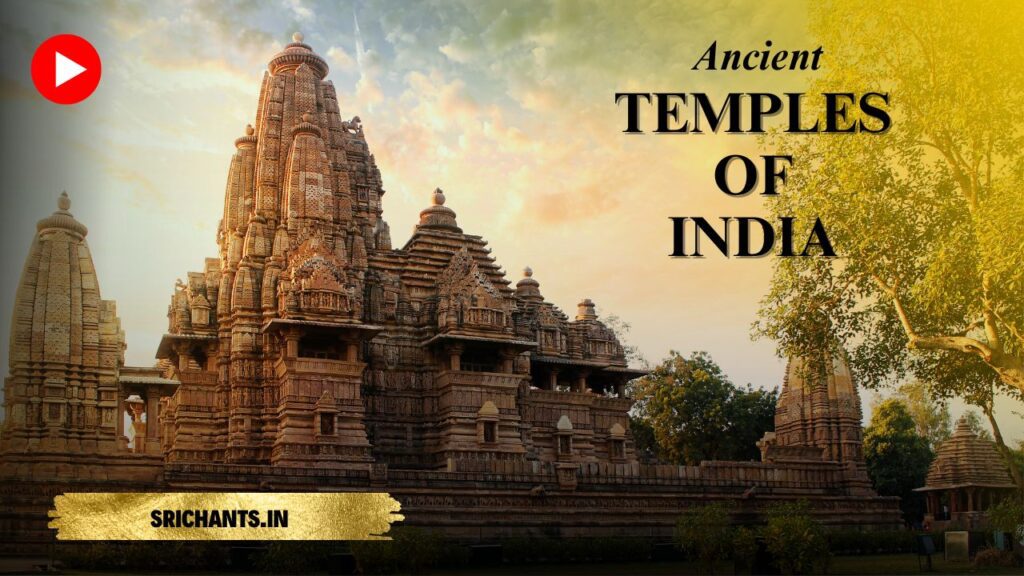Pilgrimage : Best Hindu Pilgrimage Sites
Introduction
Hinduism, being the earliest religion in the world, comprises an intricate fabric of rituals, traditions, and beliefs. At the core of Hinduism’s observance are pilgrimage sites, esteemed sites that possess immense spiritual importance for devout individuals. The reverence bestowed upon these sacrosanct cities and temples stems from their correlation with significant individuals and occurrences in Hindu mythology and history. This article aims to provide an in-depth analysis of the Sapta Puri, the seven sacred cities of Hinduism, encompassing their legends, origins, and the pilgrimage rituals observed by those undertaking this profound expedition.
Ayodhya: The Birthplace of Lord Rama
An important place in Hinduism is Ayodhya, which is located in Uttar Pradesh. It is revered as the birthplace of Lord Ramachandra, the seventh incarnation of Lord Vishnu. Hindu scriptures assert that Ayodhya was constructed by the deities themselves, thereby attributing its divine origin to the city. The primary place of worship in Ayodhya is the Ramkot, which is situated in the city’s western vicinity. During the festival of Ram Navami, which commemorates the birth of Lord Ram, a large number of devotees gather in Ramkot. Ayodhya accommodates an assortment of noteworthy architectural structures, such as the Chakravarti Maharaj Dashrath Mahal, Nageshwarnath Temple, and Hanuman Garhi.
Mathura: The Birthplace of Lord Krishna
Situated in the northern Indian state of Uttar Pradesh, Mathura is revered within the Hindu faith as the site of Lord Krishna’s birth. Mathura, also known as Krishnanagri, is a city engrossed in the teachings and legends of Lord Krishna. Constructed on the spot where Lord Krishna is said to have been born, the Kesava Deo temple is a significant pilgrimage destination for devotees. Mathura is widely recognized for its lively celebrations, such as Janmashtami and Holi, which attract Hindu devotees from around the globe to commemorate the teachings and life of Lord Krishna.
Haridwar: The Gateway to Salvation
Situated amidst the foothills of the Himalayas, Haridwar has long been regarded as a sacred site of pilgrimage. As per Hindu mythology, drops of immortality that were being borne by the celestial bird Garuda fell upon Haridwar. Annually, the city hosts the Kumbh Mela, an enormous assembly of pilgrims, visitors, and devotees. Throughout the Kumbh Mela, pilgrims immerse themselves in the Ganges river’s sacred waters, supposing that doing so will purge them of all transgressions and facilitate their spiritual emancipation. Numerous sanctuaries are located in Haridwar, which is also renowned for the Kanwar pilgrimage and the Kankhal, Piran Kaliyar, and Maya Devi temples.
Varanasi: The Spiritual Capital of India
Varanasi, alternatively referred to as Kashi or Benares, is a city of tremendous spiritual importance to the Hindu faith and is among the oldest inhabited cities globally. Varanasi, located in Uttar Pradesh along the shores of the Ganges river, is revered as the abode of Lord Shiva. Departure from Varanasi is regarded favorably by Hindus due to the belief that doing so bestows liberation from the cycle of birth and death and signifies salvation. Ghats, or embankments, adorn the city, serving as locations from which pilgrims undertake sacred ablutions and inter their deceased loved ones. A significant pilgrimage destination in Varanasi, the Shri Vishwanath Mandir temple is alternatively referred to as the Kashi Vishwanath temple.
Dvaraka: The Kingdom of Lord Krishna
Dvaraka, a city bestowed with the name by Lord Krishna, is replete with mythological anecdotes. During the months of August and September, a large number of devotees visit Dvaraka to partake in the Janmashtami festival, which commemorates the birth of Lord Krishna. Sermons, Bhajans (devotional melodies), and the construction of a pyramid by which local boys ascend in order to strike a hanging pot are all components of the celebrations. Temples such as the Dwarkadhish Mandir, Iskcon Temple, and Nageshwar Jyotirlinga Temple are located in Dvaraka. Due to its profound spiritual significance and abundant cultural heritage, the city is an essential stop for Hindu pilgrims.
Kanchipuram: The City of Thousand Temples
Kanchipuram, situated in the Indian state of Tamil Nadu, is commonly referred to as the “City of a Thousand Temples.” Built in 685, the Kailasanathar temple is regarded as one of the most ancient structures in the area. The urban area is of great religious importance to both Vaishnavites and Saivites, as they each have their own sacred sites associated with Lord Vishnu and Lord Shiva, respectively. Temples with elaborate carvings, such as the Varadharaja Perumal Temple, Kamakshi Amman Temple, and Ekambareswarar Temple, are synonymous with Kanchipuram. Adherents travel great distances to behold the architectural marvels and religious fervor of the city.
Ujjain: The City of the Kumbh Mela
Situated in the Indian state of Madhya Pradesh, Ujjain is an important Hindu pilgrimage site and serves as the venue for the Kumbh Mela, which is recognized as the most sizable assembly of pilgrims globally. Numerous Hindu religious sites are located in the city, such as the Chintaman Ganesh temple, the Mahakaleshwar Jyotirlinga temple, and the Mangalnath temple. Ujjain is renowned for being the birthplace of the sacrosanct Banyan tree of Siddhavat and the renowned Shipra River. Due to its abundant religious legacy and lively celebrations, the city is highly regarded by Hindu pilgrims in search of spiritual enlightenment.
Conclusion
Undertaking a pilgrimage to the holiest cities of Hinduism is a profoundly spiritual expedition that provides adherents with the opportunity to commune with their faith, delve into time-honored customs, and discover inner peace. Every pilgrimage site in India, ranging from Varanasi, the spiritual capital, to Ayodhya, the birthplace of Lord Rama, possesses a distinct narrative and provides a profound spiritual encounter. During these revered expeditions, pilgrims enhance their comprehension of Hinduism, fortify their devotion, and seek solace in the omnipresent divine presence that inhabits these sacrosanct premises.
